Introduction
Have you noticed a white coating on your tongue or do you have unexplained rashes on your skin? Are you constantly tired, bloated and always craving sugar? You may be suffering from Candida overgrowth.
What is Candida?
Candida is a term used to refer to an overgrowth of yeast in the body. Having the presence of candida in our system is not necessarily a bad thing, however, having too much can cause digestive upset, bloating, fatigue and poor immunity. This is known as candidiasis and can affect areas such as the gut, genitals, skin, throat and mouth. There are more than 20 different types of candida that can cause an infection, but the most common is candida albicans, or C. albicans. Some less common forms of candida which are becoming more prevalent include Candida glabrata and Candida rugosa.
Risk factors for invasive candidiasis include surgery (especially abdominal surgery), burns, long-term stay in an intensive care unit, and previous use of broad-spectrum antibiotics and immune-suppressant agents. Organ transplantation, haemodialysis, parenteral nutrition and central venous catheters can also contribute to fungal invasion.

Candida and Leaky Gut
When candida grows unchecked, it can start to invade the mucous membranes lining our gastrointestinal tract, particularly in the lower intestines and colon leading to “leaky gut” syndrome. Leaky gut produces microscopic holes in our gut wall allowing yeast, bacteria, undigested food particles, pollen, environmental pollutants and other material to enter the bloodstream.
When the immune system is faced with all these foreign invaders, it kicks into overdrive causing inflammation and can lead to further complications such as autoimmune disease, allergies, asthma and sinusitis.
What Causes Candida Overgrowth?
Candida is caused by opportunistic microflora which multiply in the body when the conditions are right, such as an acidic, damp and sugary environment. The main causes include:
-
Antibiotic overuse
Antibiotics do not, unfortunately, discriminate between the type of bacteria they kill so when you take a course of antibiotics, your entire beneficial balancing flora in the gut is destroyed. These beneficial bacteria help keep candida in check and prevent overgrowth.
-
High consumption of sugar and/or alcohol
As a living organism, yeast requires food to survive and its staple is sugar whether it’s refined sugar, sugar from fruit, cane sugar and fermented sugars from alcohol. Studies show that refined sugars are the worst offenders and mediate the growth or opportunistic bacteria, which includes yeast.
-
Food intolerances
While your body battles one or more of these intolerances, your immune defences are impaired which means you have a lower resistance to all kinds of infections: bacterial, viral and fungal (yeast).
-
Oral contraceptives
Scientific evidence suggests that oral contraceptives are linked to recurrent yeast infections. Some studies in fact show that the risk of vaginal yeast infections double when taking the birth control pill. This could be explained by the fact that exogenous oestrogen from oral contraceptives can stimulate the growth of fungal cells.
-
High estrogen
Studies have shown that estrogen reduces the ability of vaginal epithelial cells to inhibit candida growth. Thus when estrogen is consistently high it sets up an environment where candida can flourish. High estrogen could be a result of pregnancy, hormone replacement therapy, hormonal imbalances or even other conditions such as thyroid disorders, poor liver function and exposure to xeno-estrogens, chemicals that mimic estrogen activity in the body.
-
Chronic Stress
Chronic stress causes inflammation and dampens your immune system, creating a more hospitable environment for yeast to thrive.
-
Incomplete digestion
Some research also suggests that because yeast thrive on fermented sugars, not chewing your food properly- which allows it to be fermented by bacteria in your gut- can encourage yeast overgrowth.
-
Overuse of other medications
Overuse of other medications such as antacids, corticosteroids and hormone therapy as they can weaken your immune system and increase your risk of getting a fungal infection.
-
Disruption in the vaginal environment
If the vaginal environment is disrupted, this can create an environment where candida can grow. This could be as a result of a change in the normal vaginal pH or the normal flora. Other factors that can disrupt the environment include spermicides, semen, douching, regular use of diaphragms as well as menstrual blood as it has a higher pH.

How to Tell If You Have a Candida Infection?
Whilst there are some tests you can do to determine if you have an overgrowth of candida, some common signs include:
- Bloating and gas
- Constipation and/or diarrhoea
- Fatigue
- Brain fog and poor concentration
- Eczema, dandruff and skin rashes
- Hair loss
- White coating or patches on the tongue
- Fissures at the corners of the mouth
- Painful swallowing
- Low libido
- Weight gain, especially around the hips, thighs and abdomen
- General itchiness of the rectal area
- Thick, curd-like discharge
- Painful and/or frequent urination
- Pain or discomfort during sexual intercourse
Candida overgrowth, or candidiasis, can be difficult to treat as it forms a biofilm, allowing it to evade the immune system. Also, its cell walls contain mannose glycoprotein, which is immunosuppressive, allowing it to locally adapt to the host environment. Prolonged treatment with anti-fungal medications can cause Candida to adapt and make it resistant to treatment.
What is The Natural Treatment For Candida Overgrowth?
What foods should I avoid?
The most important dietary factor to incorporate when addressing candida overgrowth is to ensure you eliminate its fuel supplies. This means you need to avoid sugar as yeast thrive off sugar including most fruits, sweets, cakes, processed foods, soft drinks, juices and alcohol. High carbohydrate foods even such as grains, fruit, and starchy vegetables should be consumed sparingly or avoided initially as well as milk and dairy products. Also avoid fermented foods and foods that contain yeast and mold such as sauerkraut, kombucha, breads, mushrooms, muffins, pastries, vinegar, vegemite, mustard, peanuts, beer and wine. Make sure you check labels to identify any unsuspected sources as yeast is added to many foods.
What foods should I include?
The best tip is not to focus on what you can’t have but on what you can have:
1) Enjoy a whole food diet based on fresh non-starchy vegetables and fruit including kale, spinach, broccoli, tomatoes and zucchini and lemons, limes and berries.
2) Focus on gut-friendly fats as they protect from inflammation and make your GI tract less hospitable to pathogens. Coconut oil, olive oil and avocado oil are all great options. Coconut oil is particularly beneficial for fighting Candida overgrowth as it contains caprylic acid, a potent antimicrobial.
3) Increase the amount of garlic and onion in your diet as they are antimicrobial due to the sulphur content.
4) While you’re avoiding sugar and fruits, you can use raw green stevia and xylitol in small amounts to sweeten your food.
5) Ensure you’re keeping your energy levels up and balancing your blood sugar by consuming a palm-sized portion of protein at each meal.
6) Make sure you drink plenty of water to flush out the kidneys and bowels of wastes and acidity. Introduce herbal teas such as Peppermint, Ginger and Echinacea to increase your water intake and cleanse the digestion.
7) Don’t forget to chew your food well and eat in a relaxed manner to encourage proper digestion of food.

Lifestyle strategies and other treatments for minimising candida
- A stressful environment is a huge contributor to candida so learn some strategies to help you alleviate the stresses in your life.
- For candida affecting the genital areas, try to wear cotton rather than nylon underwear as candida is more likely to develop in warm, moist environments.
- If sexually active, treating both partners may be beneficial to avoid reinfection.
- Avoid broad-spectrum antibiotics unless necessary
- Practice good hygiene, including oral hygiene and thorough cleansing of genital areas; urinate after sex; wear cotton or bamboo underwear; women should avoid douches (unless medically indicated), vaginal deodorants, and bubble baths; keep skin dry.
- Apply Tea Tree oil or Lavender essential oil 2-3 times daily. Apply full strength to skin infections, dilute for vaginal application and do not take internally.
- Take advantage of the herbs available. Calendula can be used as a topical wash to help irritated and inflamed tissues. Some great herbs that can be taken internally to either kill off the candida or support the immune system include Pau D’Arco, Barberry, Echinacea, Oregano, Golden Seal and Andrographis. Studies have also found Turmeric to be effective due to its antifungal and antimicrobial properties.
- Take probiotics as they help to reinoculate the gut with good bacteria and produce antifungal enzymes. The probiotic strains that have the best research behind their use in supporting vaginal health and reducing Candida are Lactobacillus rhamnosus and Lactabacillus reuteri. The therapeutic yeast, Saccharomyces boulardii (SB), is also beneficial.







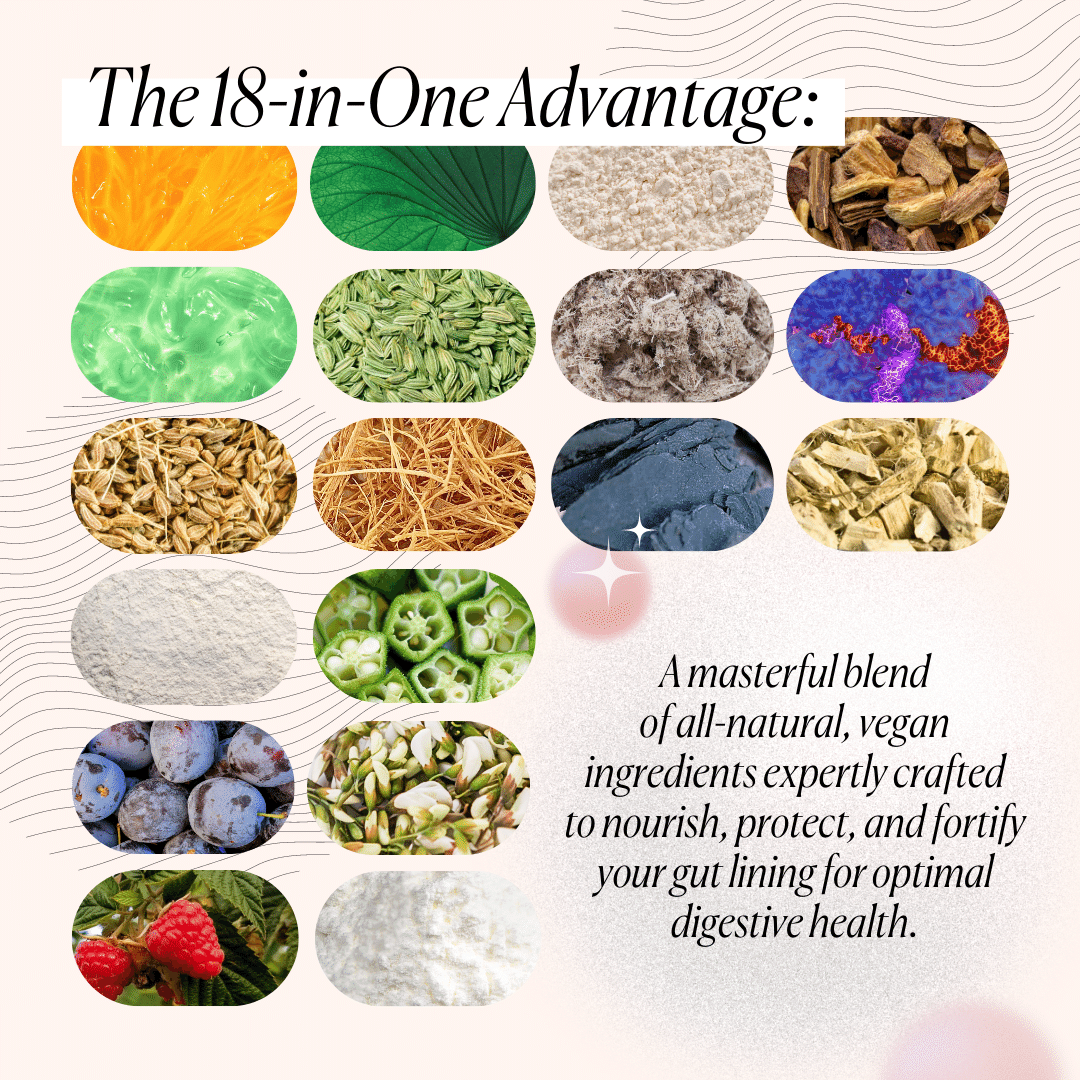
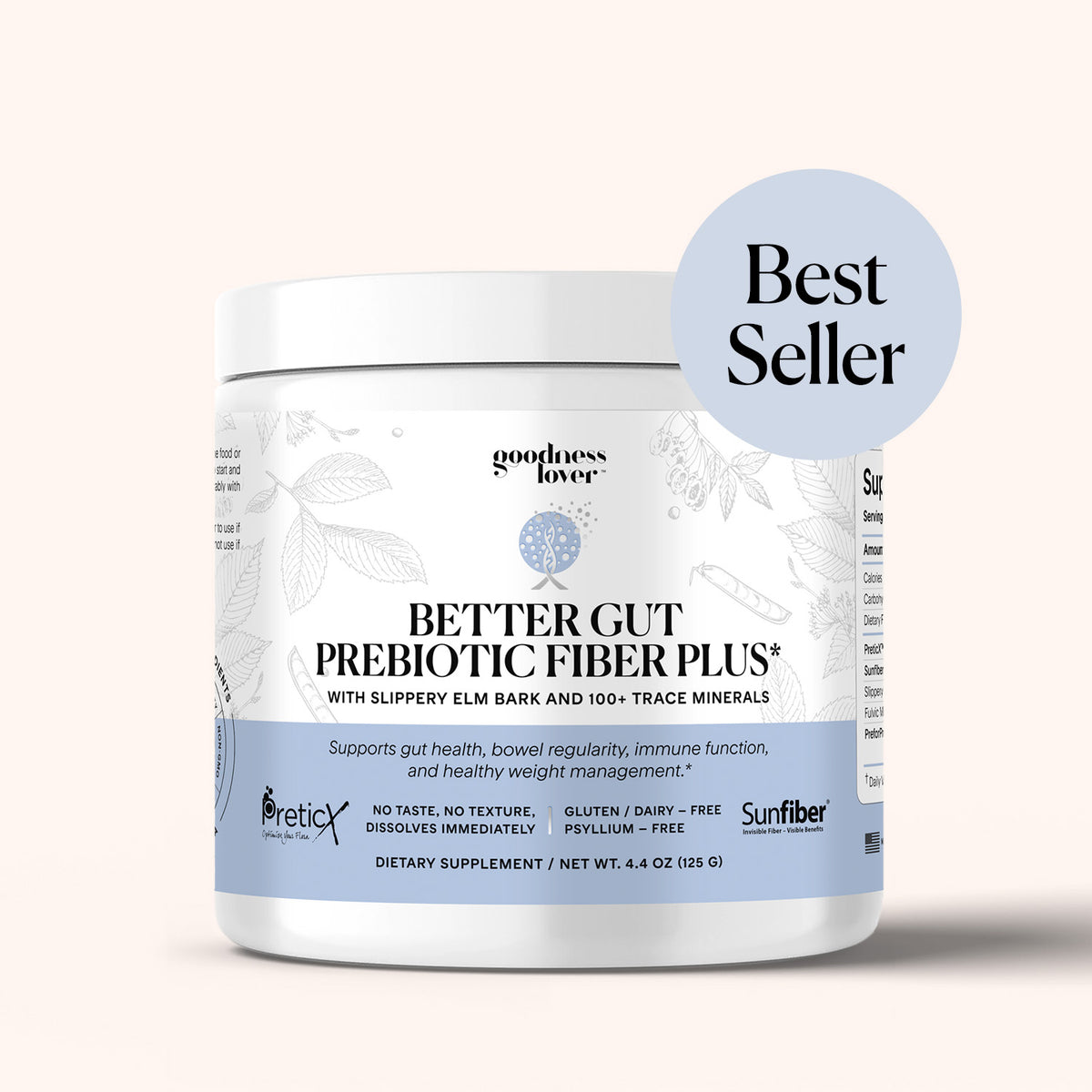

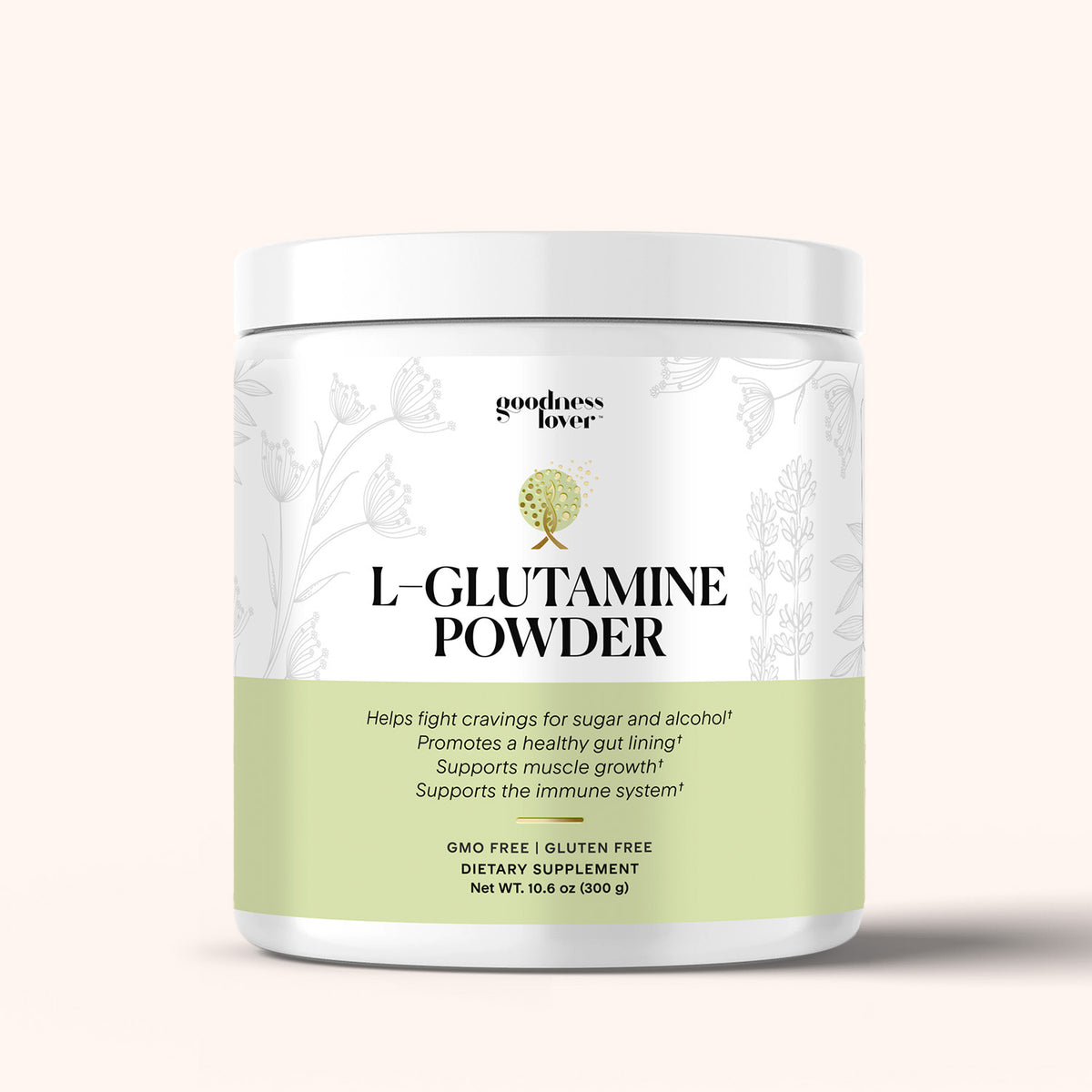
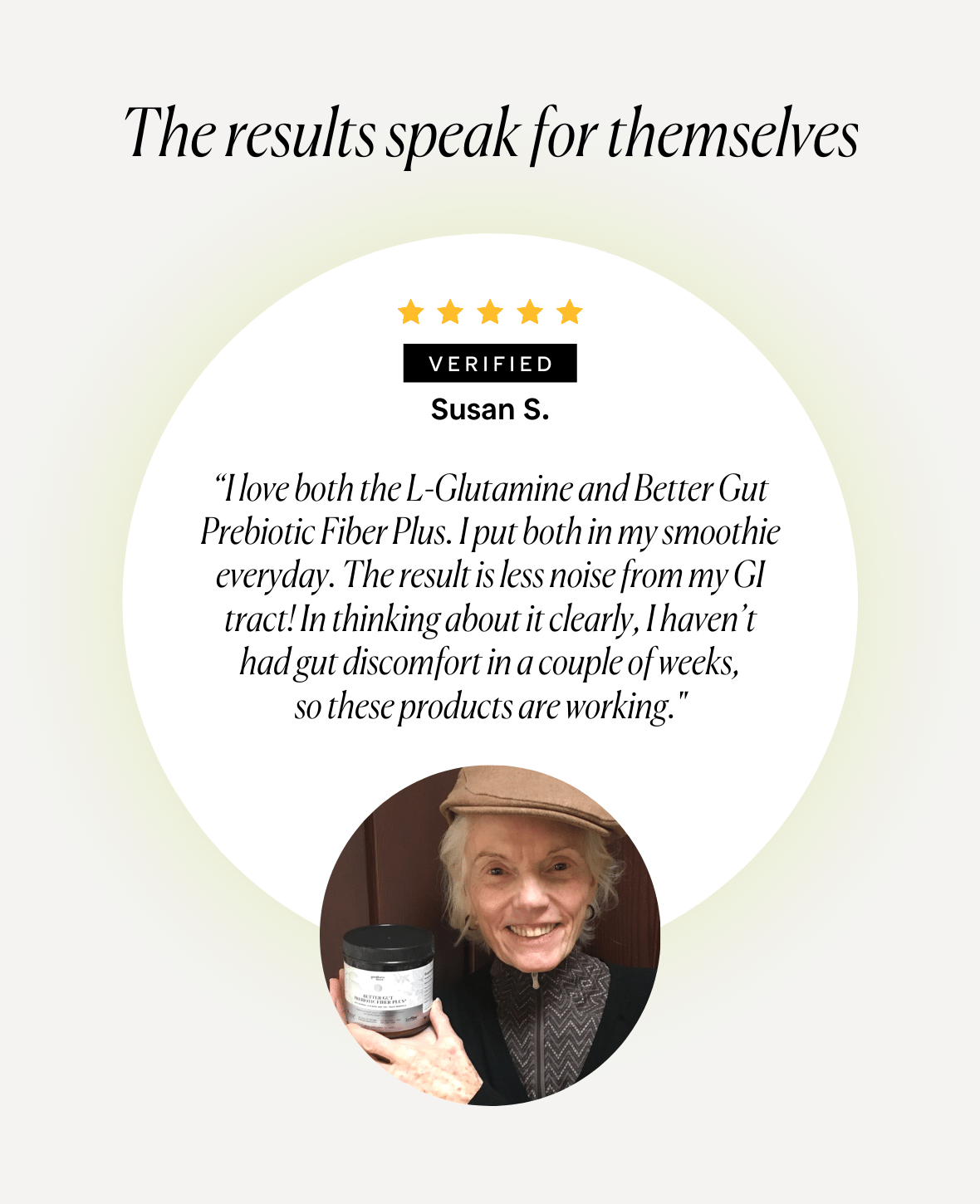
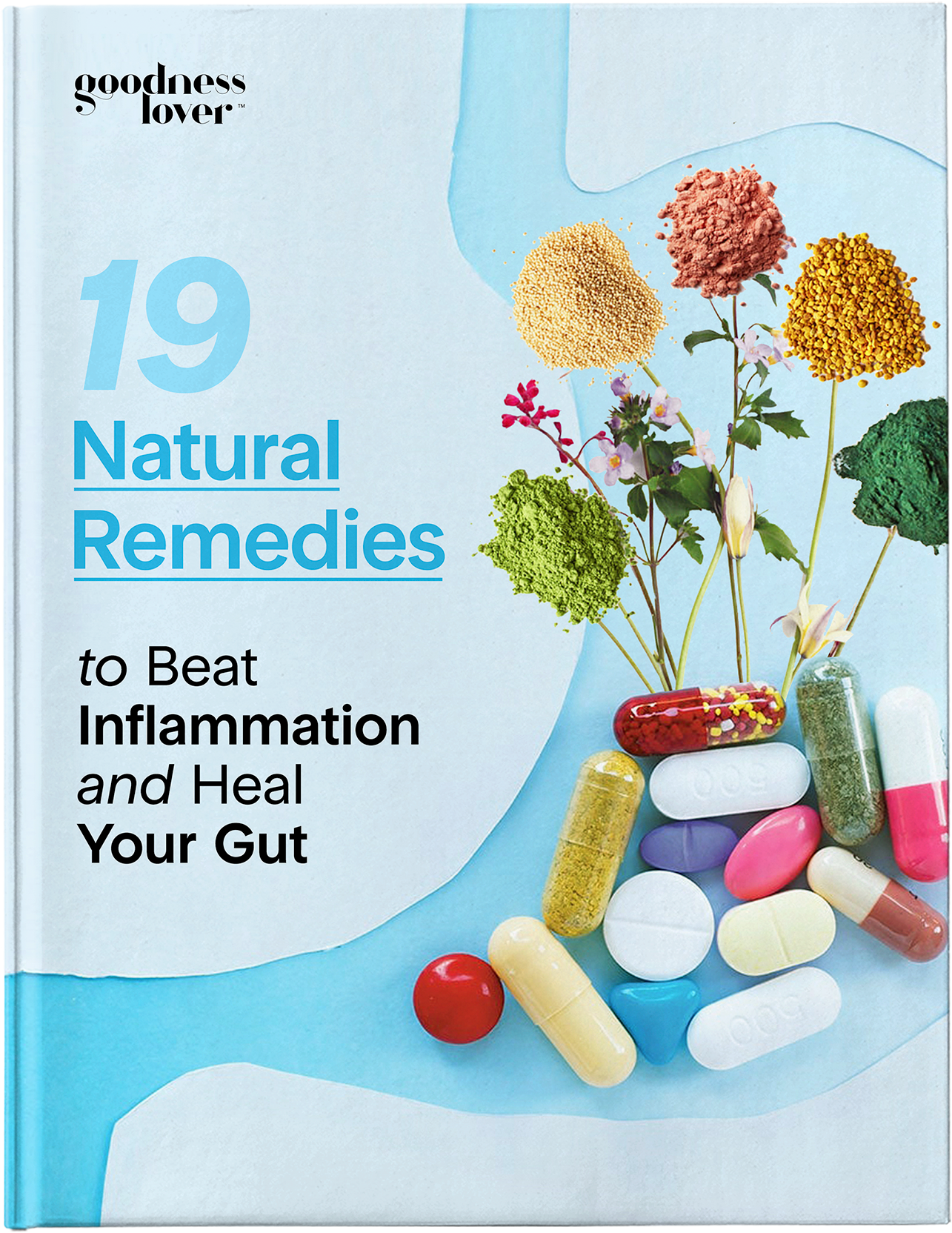
What Do You Think? Comment Below: